The past may be a foreign country, but some people can bring it into the present: a message which hasn’t been lost on the skilled renovators and refurbishers who have restored a ruined Scottish castle in the Highlands.
Month after month since the beginning of 2020, as part of a large-scale project overseen by the Landmark Trust, a disparate group of artists, craftsmen and tradespeople have patiently, methodically been sprinkling their magic at the 16th Century Fairburn Tower, near Muir of Ord in Ross-shire, and transforming the dilapidated interiors and exteriors with the attitude that genius is an infinite capacity for taking pains.
Paul Mowbray was recently commissioned to recreate the structure’s painted medieval ceiling and perchance, if you had visited the site in recent months, you may have glimpsed him in full spate, striving hour after hour of a litany of gruelling days while bringing something beautiful into the heart of what had been a 500-year-old shell.
He was often oblivious to anything happening in the wider world, such was his absorption in resurrecting and enhancing a rare survivor from the Scottish Renaissance, but this beetle-browed lover of art, architecture, history, his homeland and a challenge has risen to the task magnificently and, although he was exhausted by the climax, had enough energy left to speak to the Press and Journal.
Nothing was left to chance
He told me: “I was approached early this year and asked if I would be interested in creating a traditional Scottish board and beam painting in a late 16th Century style.
“I went to visit the tower in March and was very impressed with the standard of the restoration considering the state it was in before. The draft for the painted ceiling was impressive and very well researched by two of the Landmark Trust’s historians.
“This was the backbone of the task and was based on the look and manner of some content from Delgatie Castle, a ceiling I always admired in the Aberdeenshire style. I worked with the historian and produced a 3D visual of how it would look, they were impressed with this work and, together, we established relevant historical content and where it should be placed within the area of the ceiling.”
It was back-breaking work for Paul
Such significant renovations weren’t implemented easily. Forget about dabbling in minor tinkering of the amenities; this was basically the task of starting from scratch on a giant canvas, but thankfully, Paul’s passion for his subject and the knowledge gleaned from travelling across Scotland from Fife to Glasgow and Aberdeenshire to Inverness allowed him to transcend any difficulties he encountered.
He said: “Physically, the work was demanding and it entailed painting above your head daily for two months which was hard going. I worked long hours and stayed in local guest houses to maximise progress.
“I used a local sports therapy masseuse to keep me in shape, and had a yoga mat on site to minimise fatigue. From a technical perspective, the work had to be sympathetically carried out and the style of the painting in the late 16th Century was faithfully observed.
“It was beneficial that I have studied, researched and photographed many of Scotland’s finest painted ceilings and built up knowledge and insight over several decades.
“This helped build a bond with a project such as Fairburn Tower and ensured that it went beyond being a commission and became a responsibility; it’s not only something you do for the present, but also for generations to come in the future.”
I owed so much to my parents
Paul grew up in Fife and served an apprenticeship in Glenrothes and, wherever there are new ventures to spark his imagination, he is like a kid in a candy store.
He’s one of those people who don’t look for problems but solutions; an individual who admits he has thrived as part of the collaborative effort at Fairburn; and much of his drive and determination sprung from the encouragement he was given by his family.
He said: “My parents were very encouraging in broadening my interests. Travel, along with historic buildings and museums and studying nature, were central to most days out as a child, and many of these interests and memories inspire my art to this day.
“My parents had limited means, but a steady stream of arts and crafts materials, books and encyclopedias were bought by them. My father was an accomplished painter and, even with me at a young age, he would show patience in teaching me the use of art materials, progressing from drawings, watercolours and subsequently on to oils.”
We all live in the footsteps of others
Paul realises he is simply one piece of a larger jigsaw puzzle when it comes to an initiative on the scale of Fairburn Tower. He was very appreciative of the groundwork which was carried out by others, including the scaffolders who arrived on site only a few weeks before the Covid pandemic brought the world to a screeching halt.
He paid tribute to skilled labourer Tristan Maryon, who provided him with whatever support he required and, as Paul said: “He is one of these folk you don’t meet very often – positive, full of energy in his job. It must be something in the water up there.”
Yet, in his words and his unfettered enthusiasm for his labours, there’s the zeal and zest of the genuine aesthete, allied to a pride in what he and his colleagues have achieved in one of the few cases where a ruin has been brought back to its former lustre.
So what were the abiding memories of immersing himself in the Tower? Once again, his words testified to the fact this project was about a lot more than his fee.
We were communing with nature
He said: “It’s hard to express the sense of leaving your artwork in a noble historic property and painting in a style of a long forgotten age, but using snippets of content that tell a little about Fairburn’s story today.
“Then, there were the barn owls that moved in during site work and the jackdaws that broke in and built impressive nests while the workers were on their weekend break.
“Ultimately, the story has been told using the design and emblem books of the 16th Century, so the authenticity permeates throughout. We can appreciate all this now, but it will be interesting to know how future generations will observe the art work. Will it, in turn, be conserved as an important stage in Fairburn Tower’s long history?”
What’s next for Paul on his journey?
There’s no such thing as a “normal” schedule for Paul. One week, he will be completing
Gothic carvings for a Georgian manor near Edinburgh. The next, he will be involved in producing his own contemporary artwork which has been displayed in the Royal Scottish Academy at a number of exhibitions, and for which he won a national award.
He savours the architecture of the north-east and isn’t done with castles. One of his forthcoming assignments includes an oak carving of Robert the Bruce which he will inlay with silver details, no doubt to an exquisite standard.
What an uplifting story and connection with the past. And what wonders the public will be treated to in the Highlands when Fairburn Tower opens its doors again next year.
Five questions for Paul Mowbray
- What book are you reading? “There are two. The Elements of Drawing by John Ruskin and a profile of the artist Gwen John by Cecily Langdale. I admire Ruskin’s writing on art and he developed a thorough aesthetic sensibility. Gwen John is one of my favourite artists with her wonderful fresco style of painting
- Who’s your hero/heroine? “I greatly admire Le Corbusier the architect, because he was multi-faceted, a polymath and a painter. Then there’s my father, Kenneth Thomas Mowbray, who was in his 50s when I was born. He endured a harrowing Second World War in the Tenth Hussars, starting as part of the British Expeditionary Force in France, before serving in the whole of the North African campaign and then on to Italy. He died when I was in my 20s, but inspired and supported my artistic ventures.”
- Do you speak a foreign language? “Art has plenty of terms that are French or Italian, so I guess these were a starting point for learning more of these languages. I tend to get by with my grasp of both when in France or Italy, but I am far from fluent!”
- What’s your favorite band or music? “Morton Feldman is my favourite composer. I think I’ve made some of my best art with his music gently playing in the background.”
- What’s your most precious possession? “When I was young, my dad bought me a Rowney Diana Kolinsky sable brush, generally regarded as amongst the finest [of these items]. I still use it in my art and look after it to this day.”
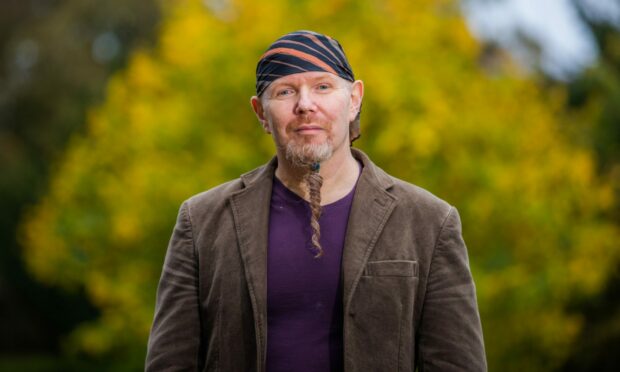


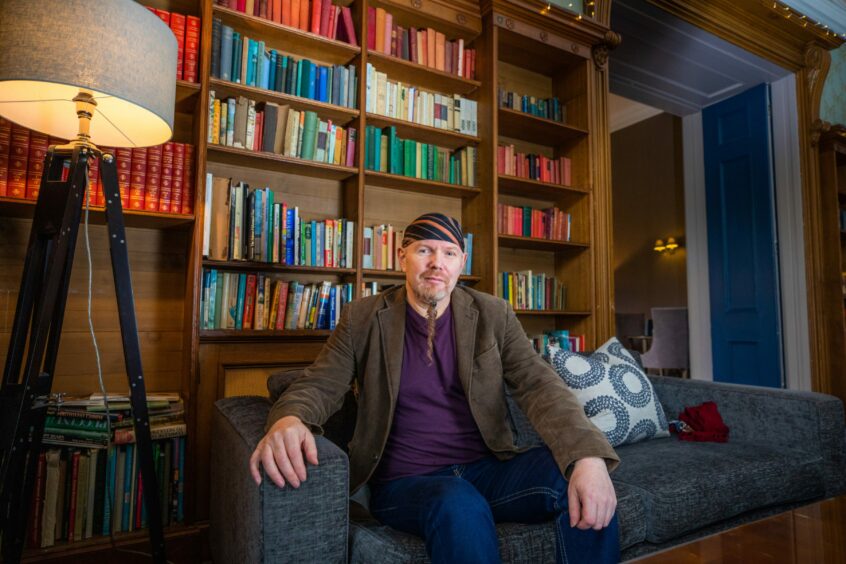
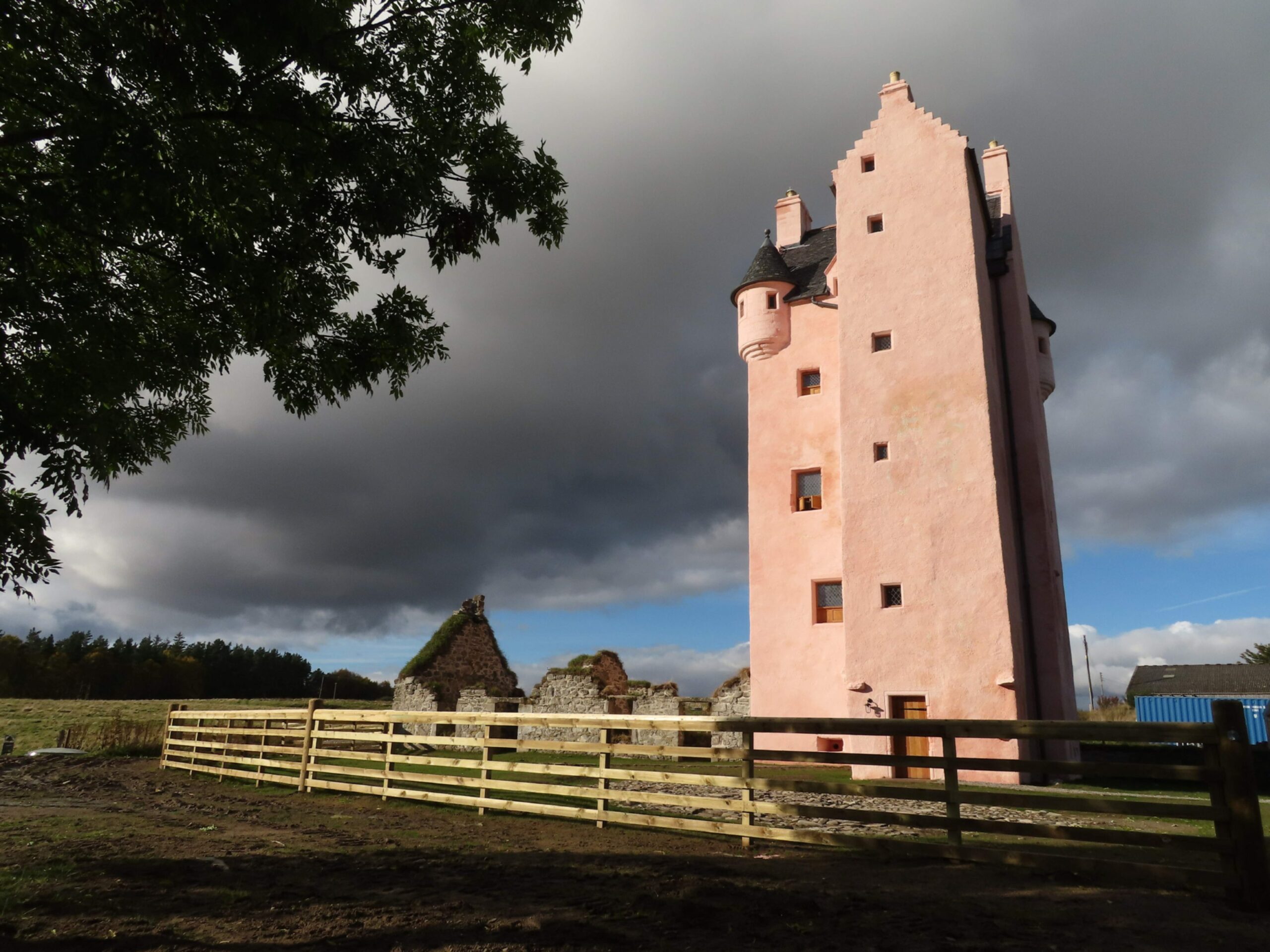
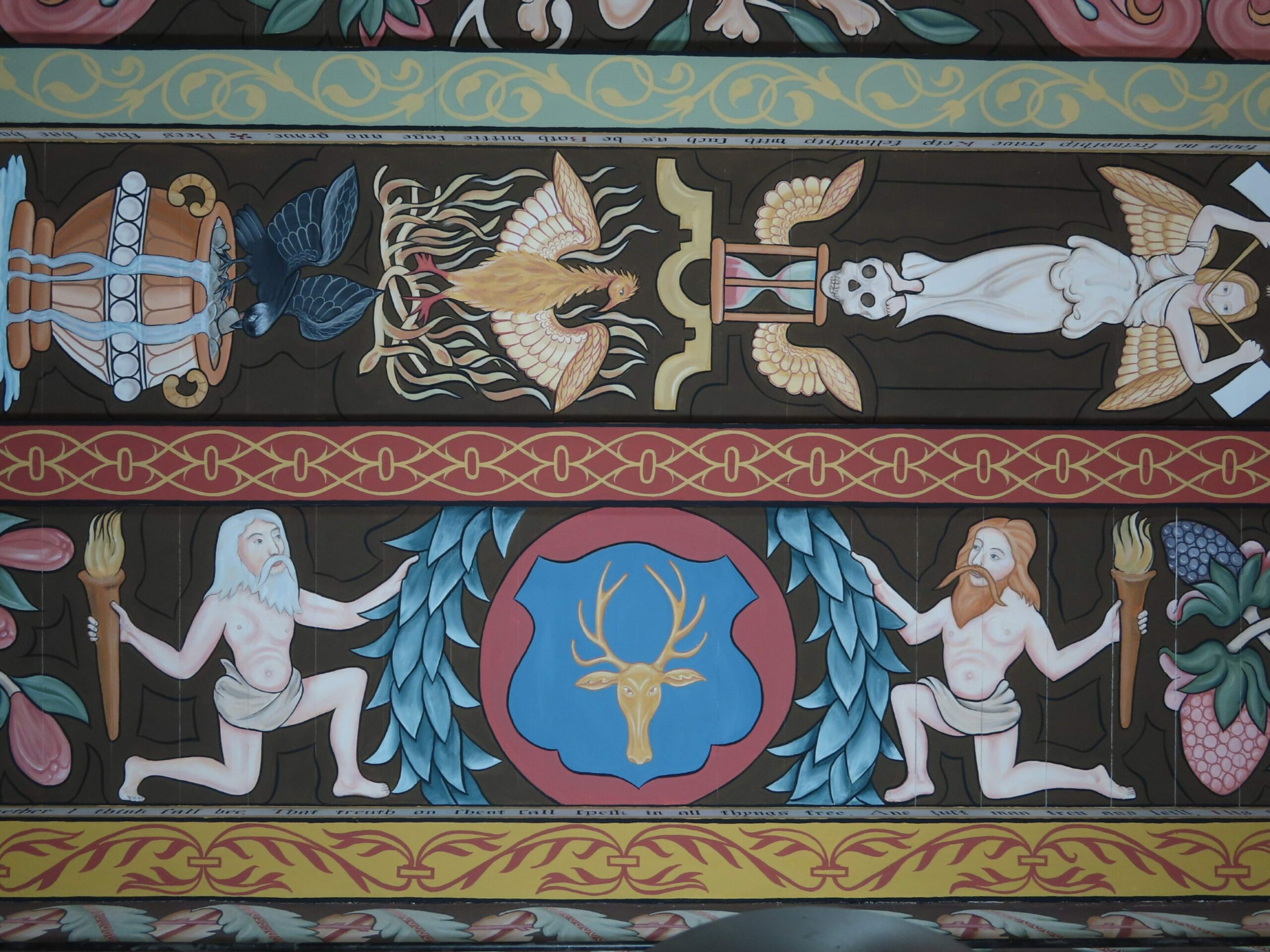
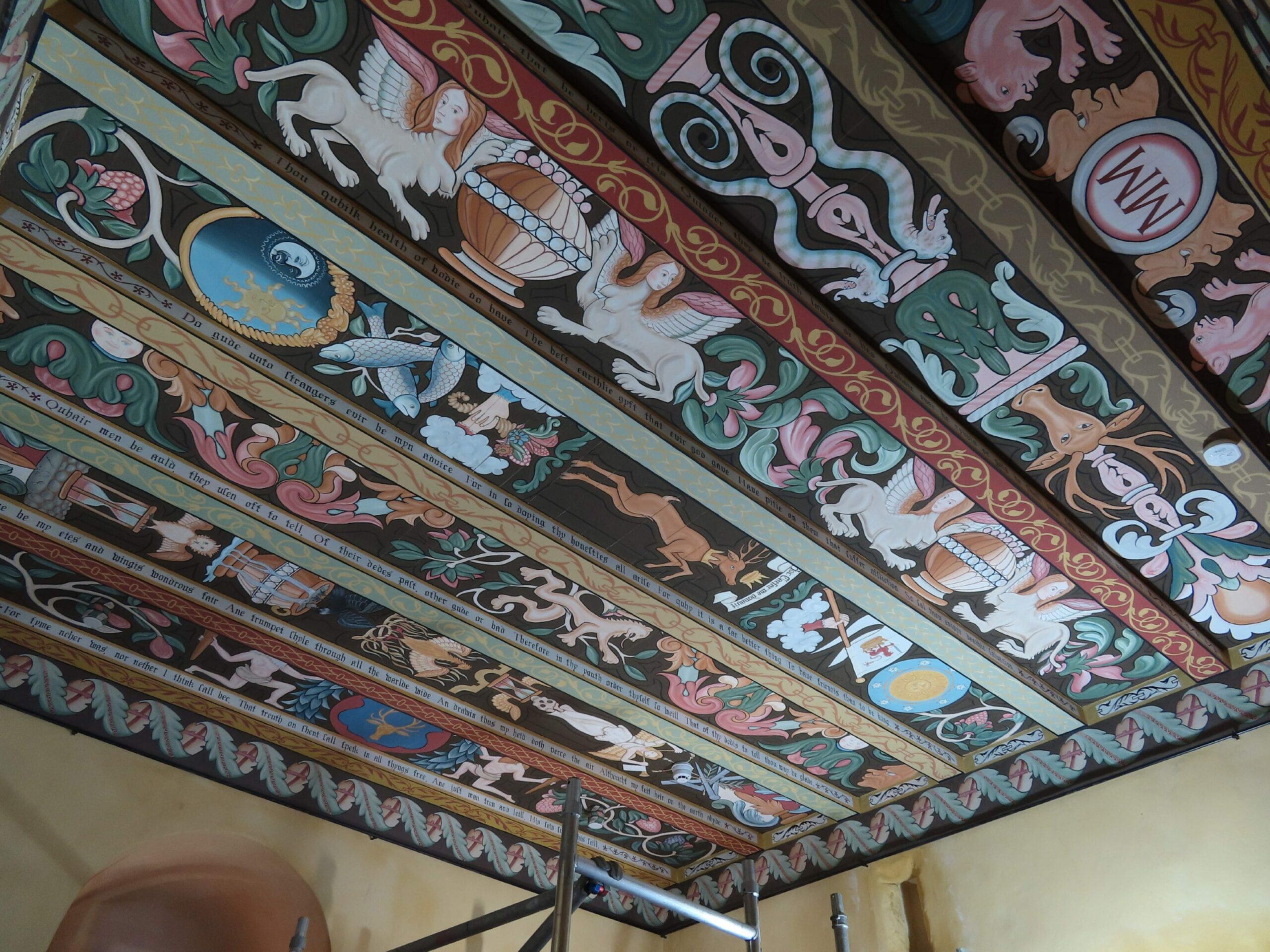
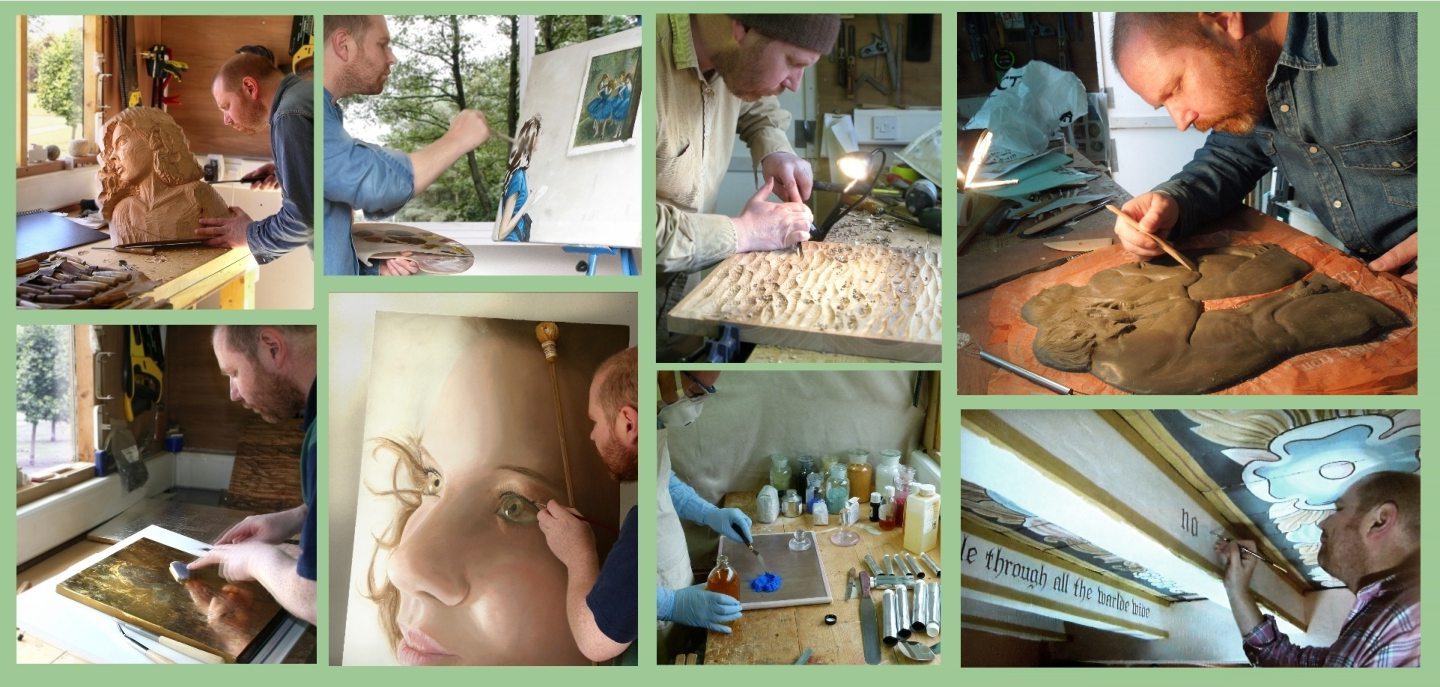
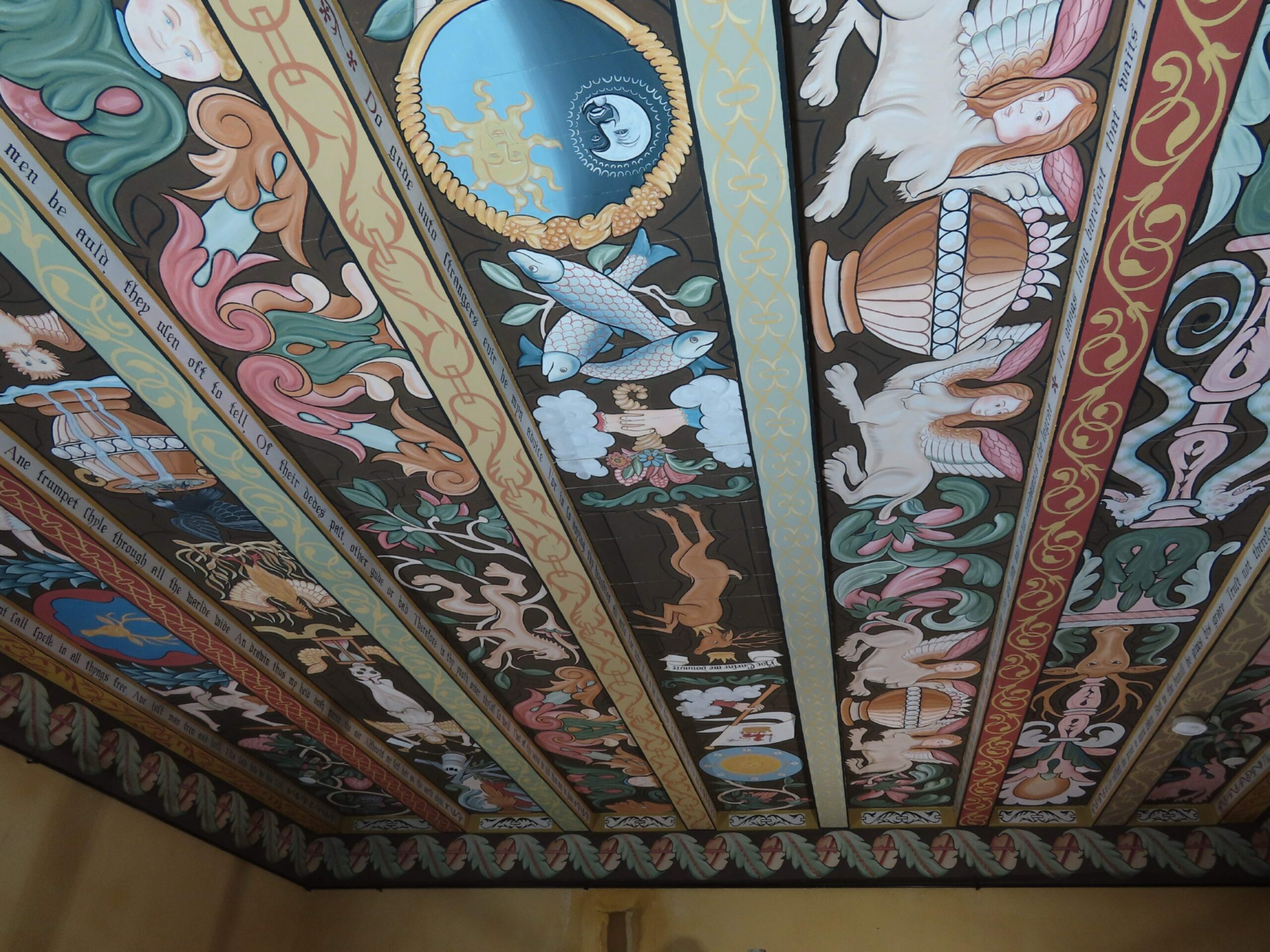
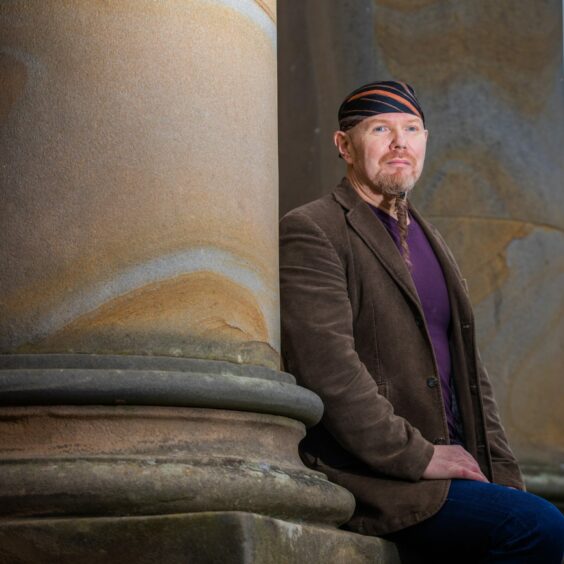
Conversation